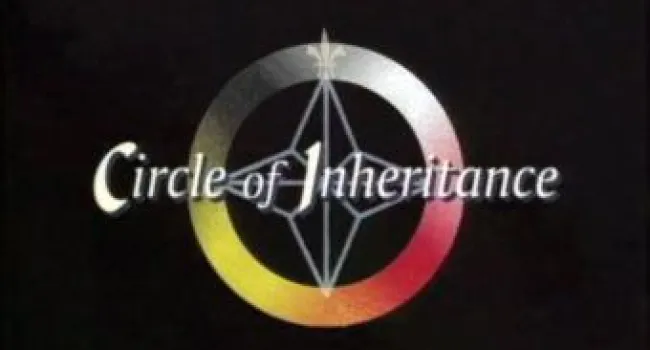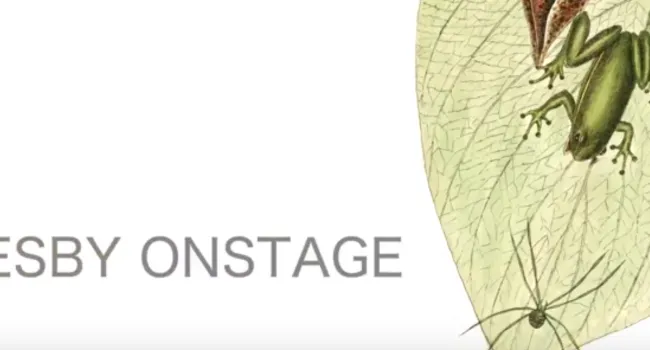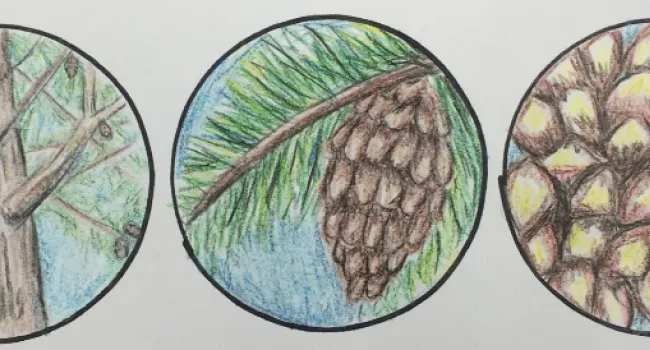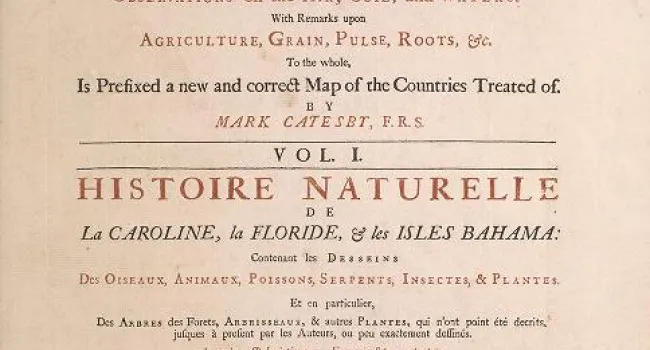
Lesson
Students will examine multiple perspectives of different groups of people on the notion of freedom during the American Revolution. The class forms into 5 groups: Patriots, Loyalists/British, Enslaved...


Lesson
Students will examine multiple perspectives of different groups of people on the notion of freedom during the American Revolution. The class forms into 5 groups: Patriots, Loyalists/British, Enslaved...

Lesson
In groups of three or four, students will research, potentially by field trip but invariably online, a miniature portrait found in the colonial American section of the Gibbes Museum of Art. Students...

Lesson
In this lesson students will be learning about the “struggle for power” between the Spanish, French, English, and Native Americans for South Carolina. The teacher will emphasize that each group had...

Lesson
Through this lesson students will be able to recall information on the settlement of South Carolina and the United States by Native Americans and Europeans through a series of summative assessments...

Lesson
Early American naturalists were both artists and scientists; they studied the movement of animals in their natural habitats to better understand their behavior and to document the diversity of life...

Lesson
The student will explore and compare how individual elements influence the whole to create a new environment, specifically making the connections between bird migration and the development of the rice...

Lesson
Students will demonstrate observation skills by using the elements of art, while drawing an item from nature from three distances.

Lesson
Students will identify and discuss Mark Catesby as an artist and recreate some of his artwork while analyzing the characteristics of the environment from his artwork.

Lesson
A series of historical illustrations by naturalist, Mark Catesby, will be used as a foundation for students to assess how adaptations contribute to a species ability to survive in a particular...